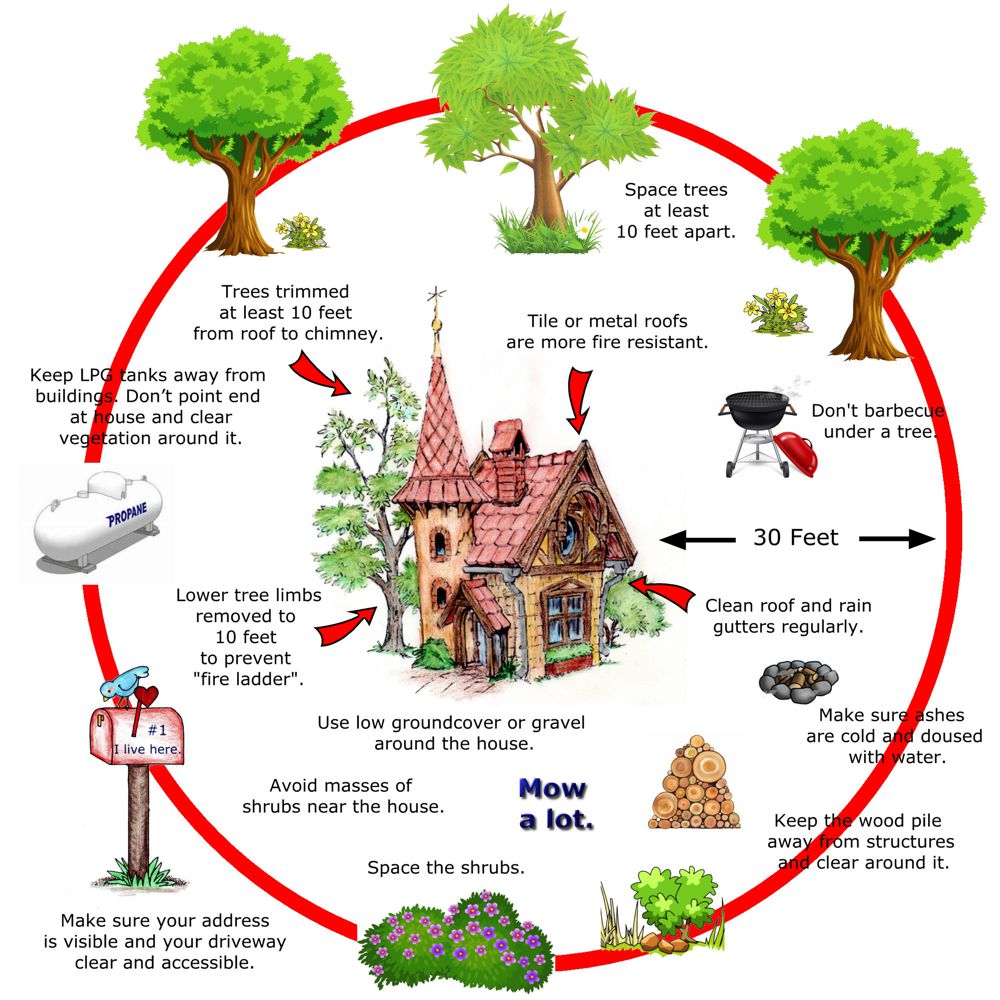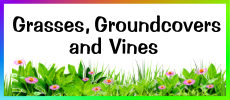Castle
Valley
BASIC FIELD GUIDE
Click on any
of the categories below for identification and Firewise information.
This is a work in progress and the editor is no expert. Please send
your ideas, pictures, plant informaton or corrections to:
susan@castlevalleyfire.org
This is a seal
of approval by Bert, The Self-Appointed Fire Marshall of Castle Valley
to
help in your selection of Firewise Plants.

FIREWISE HINTS
Minimize use of evergreen shrubs and trees within 30 feet of a structure,
because junipers, other conifers and broadleaf evergreens contain oils,
resins and waxes that make these plants burn with great intensity.
The area closest
to a structure out to 30 ft will be the highest water use area in the
fire safe landscape. This is an area where highly flammable fuels are
kept to a minimum and plants are kept green throughout the fire season.
Use well-irrigated perennials here. Another choice is low growing or
non-woody deciduous plants.

Good Firewise landscaping reduces house and property vulnerability to
wildfire.
The goal is to develop a landscape whose design and choice of plants
offers the best
fire protection and enhances the property.
The ideal is to surround the house with things that are less likely
to burn.
It is imperative that when building homes in wildfire-prone areas that
fire safety be a
major factor in landscape design. Appropriate manipulation of the landscape
can make
a significant contribution towards wildfire survival.
Lawn is soothing visually, and is also practical as a wildfire safety
feature. Rock mulches are good choices.
Boulders and rocks become fire retardant elements in a design. Prevailing
winds, seasonal weather, local fire history, and characteristics of
native vegetation surrounding the site are additional important considerations.



